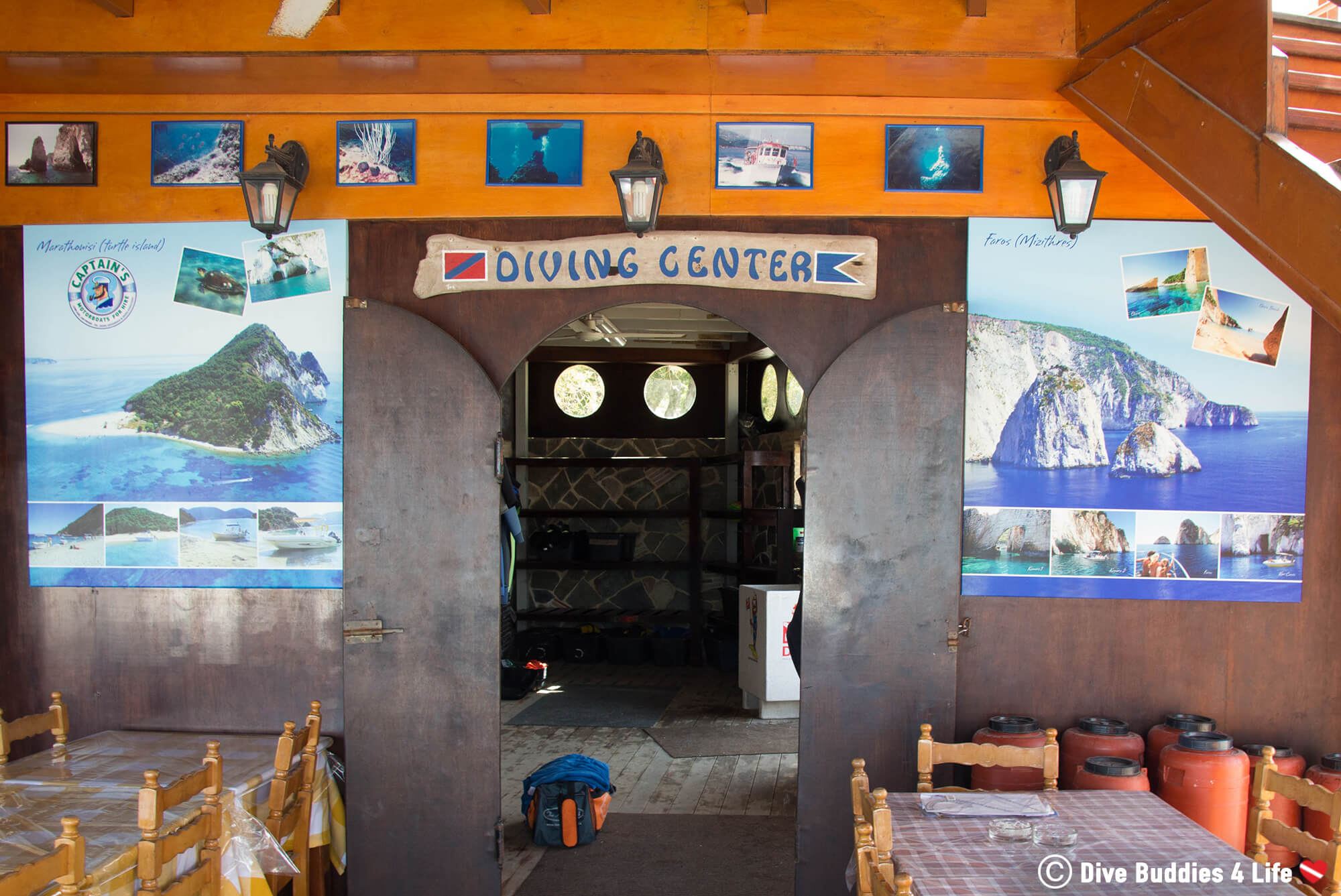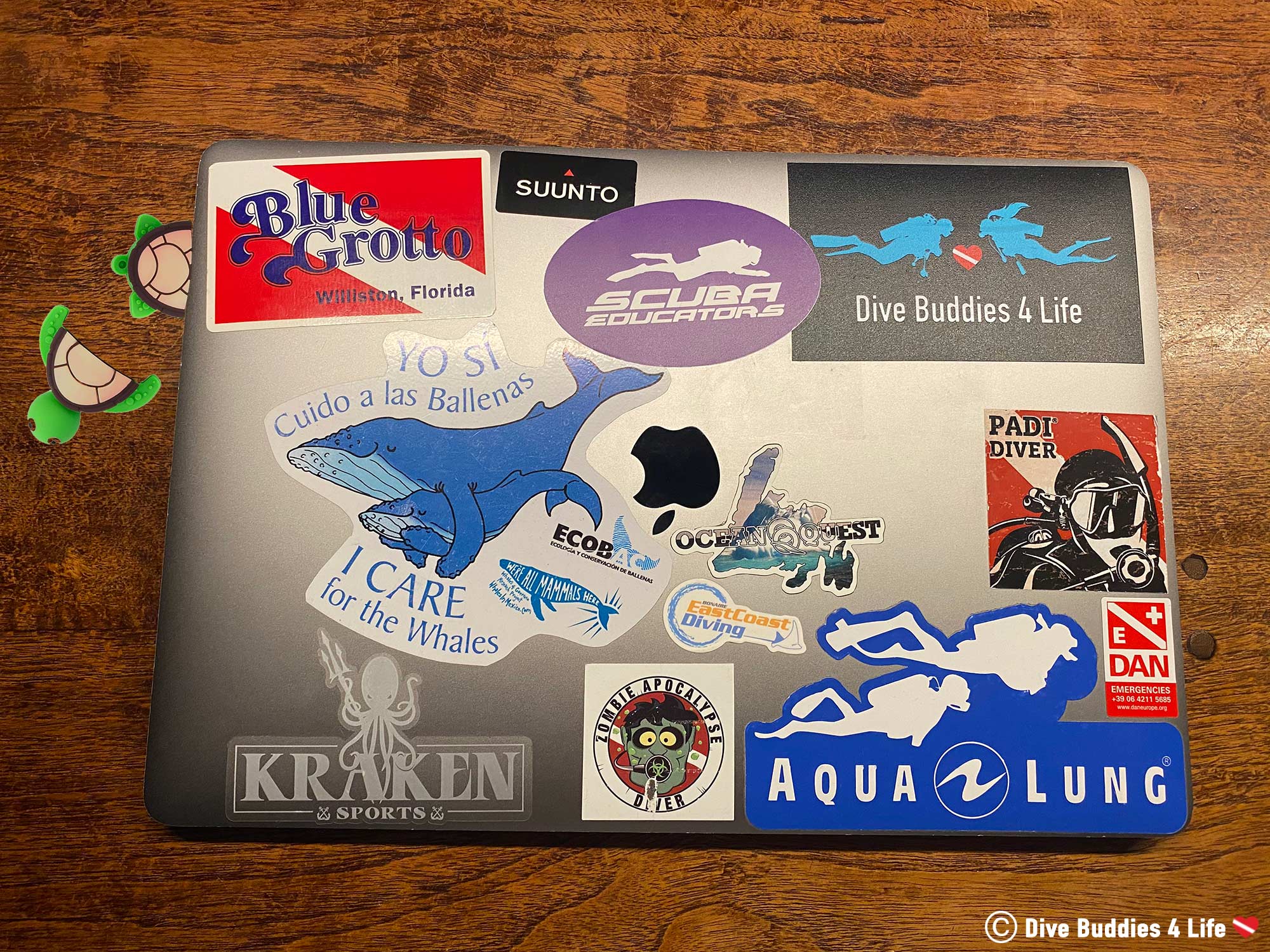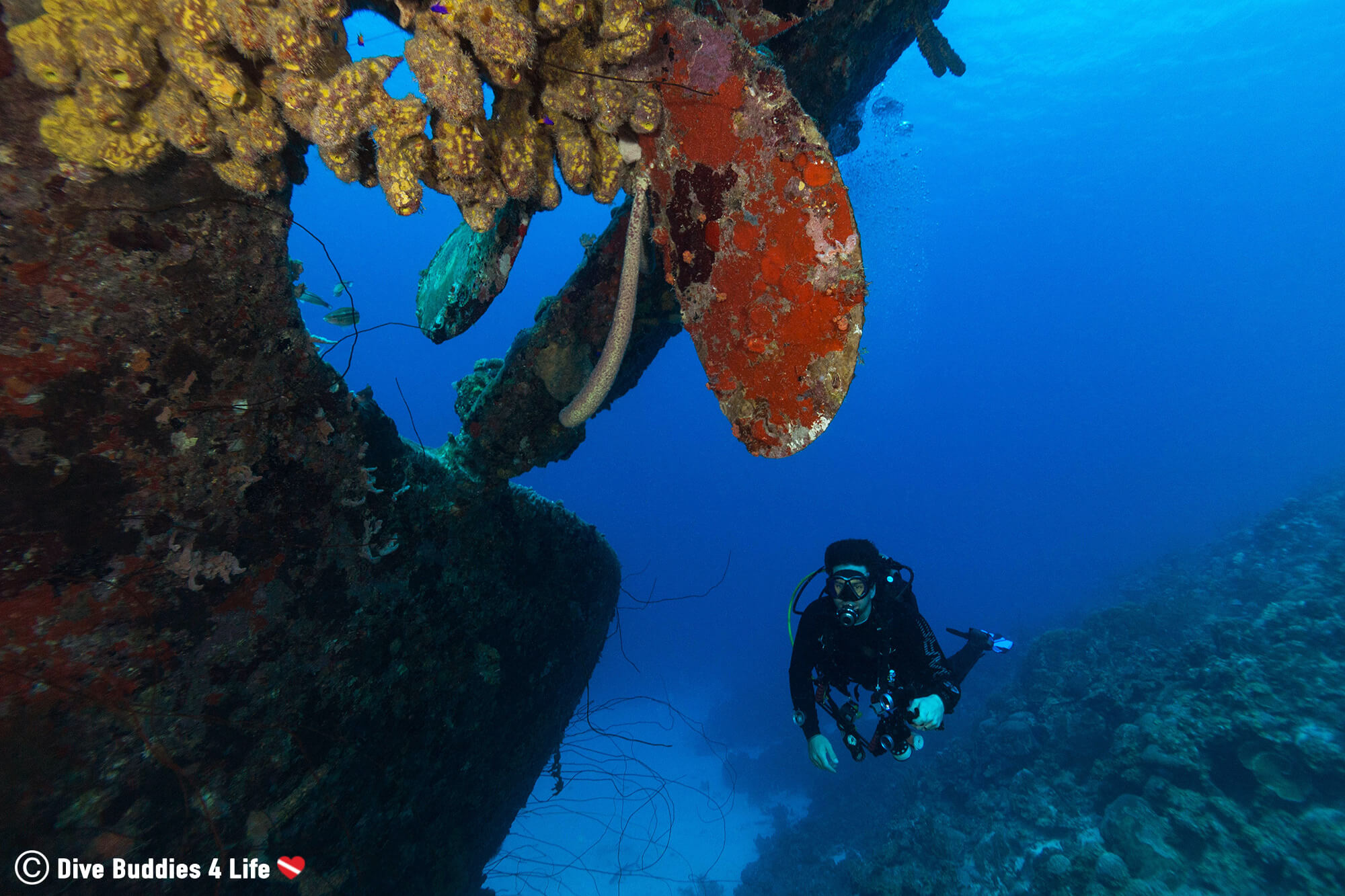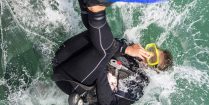If you’re like many diving enthusiasts, you’re probably always thinking about your next scuba diving vacation. Ask any diver and they will tell you planning a scuba diving trip is a thrilling experience. The months and years of internet browsing and dreaming finally materialize into a reality. But with so many incredible dive sites around the world, where do you even start?
The key to any successful and memorable trip lies in knowing exactly what you want from your adventure. When traveling, it could be the allure of a breathtaking landscape, the excitement of practicing a foreign language, or the chance to reconnect with a friend on the other side of the world. In diving, whether you’re driven by the dream of encountering large scale marine creatures, exploring underwater wrecks, or simply discovering new flora and fauna, your journey starts with a clear vision of what you want from your adventure.
With countless possibilities and destinations to choose from, how do you ensure your trip aligns with your desires? Thankfully, there are a variety of tools and resources available to help you discover new ideas and save your favorites.
One of the best ways to find inspiration for your dive travels is by reading blogs or books written by fellow diving enthusiasts.
Blogs are great for gathering information and connecting with like-minded individuals who share your passion for diving and adventure. They can offer a top 10 list which gives a quick overview of what’s available at a destination, or offer a more personal account delving into detailed experiences which might help you get a feel for whether a particular dive spot is right for you.

Books also play a significant role in the planning process. There’s something timeless about flipping through the pages of a well-worn book, absorbing knowledge in a way that the internet can’t quite replicate. Some of our go-to references for diving include: National Geographic’s – 100 Dives of a Lifetime, Cris Kohl’s – Great Lakes Diving Guide, Chris Santella’s – Fifty Places to Dive Before You Die.

100 Dives of a Lifetime Book: National Geographic’s 100 Dives of a Lifetime provides the ultimate bucket list for scuba divers and travelers alike. Explore breathtaking dive sites around the world through stunning photography, expert tips, and cutting-edge travel advice.
For visual people a World Dive Map can be a handy tool to select prospective scuba diving destinations – especially if you are thinking of piggy-backing a few separate countries into a single trip. A map can help you pick locations that are close together and logistically will require less travel time.

When it comes to inspiration, Pinterest is a visual goldmine for dive and travel inspiration. More than just another social media platform, Pinterest functions as a visual search engine where users create pins featuring stunning images and catchy titles. By entering keywords like “scuba diving” and “travel,” you can uncover a wealth of new ideas and possibilities. Feel free to check out our Pinterest wall for endless scuba travel inspiration!
By incorporating these tools into your planning routine, you can peruse through various diving locations and gather all the information you need before choosing where to go on your next underwater adventure.
Once you have a destination in mind, it’s time to dive into research. The foundation of any great dive trip is deciding where and when to go. With so many destinations to choose from, narrowing down your options is challenging yet essential in order to make your dive dream a reality.
Fortunately, the internet has an abundance of information stored right at your fingertips and you can easily find the perfect destination based on your interests, travel style, and budget. It is also critical to plan your dive trip around seasonality as water temperature, visibility and certain animals are typically only seen during a specific window of time. For instance, if you’re dreaming of diving in Mexico, some quick research will tell you that while it doesn’t really matter when you decide to visit if you are planning on cavern or cave diving, the water underground is clear all year round. However if you are looking to dive in the ocean, specifically for the whale sharks, the best time to visit is from June to September when these creatures migrate to this region of the Caribbean following the warm water and their food source – plankton.
It’s also worth noting that some countries require specific insurance for scuba divers, so investing in comprehensive coverage from providers like Divers Alert Network (DAN) is highly recommended. Other non-dive related factors to consider include local travel requirements like insurance and visa regulations.

Once you’ve narrowed down your destination, done your research and figured out when you are thinking of traveling, the next step is to explore what dive shop you are considering using and the best dive sites that they visit. Again, the internet is an indispensable resource for this. By searching for specific locations or asking reliable bloggers you can find all the information you will need to figure out which dive operators you might consider using and find pictures or videos that showcase the underwater wonders you’ll be exploring.
This is also the perfect time to contact your prospective dive outfitters to see what kind of availability they have. It is crucial to check this as at popular diving destinations, things could fill up very quickly.
Pro Tip: To take your diving to the next level, another consideration is to think about what you want to achieve on your dive trip. If you’re interested in coral reef restoration, Bonaire offers a Reef Renewal Specialty certification. For those seeking to explore colder water littered with shipwrecks, Canada’s Great Lakes or Atlantic the maritimes might be just the ticket. Wherever you choose to go, having an Advanced Diving certification and Nitrox certification can always enhance your diving experience.

Budgeting and saving for a dive trip is as important as planning the adventure itself. To make your dream dive vacation a reality, start by setting a clear budget that includes all potential expenses—such as travel, accommodations, diving fees, and equipment rentals. Consider setting aside a dedicated savings fund specifically for your trip, contributing to it regularly to build up your travel fund over time.
Additionally, keep an eye out online for special offers and last-minute deals which can significantly reduce costs. Planning ahead also allows you to book flights and accommodations at the best rates, ensuring that your dream dive trip doesn’t break the bank.
Pro Tip: A virtual private network (VPN) is highly recommended and a great way to protect yourself when you are connecting to the internet at home or on vacation. For travel areas that make it more challenging to use a VPN here are also easy ways to unblock VPN access and keep your browsing safe and secure.

As your travel plans take shape, it’s crucial to familiarize yourself with local regulations, customs, and logistical considerations. Understanding local diving regulations and cultural norms can help you avoid potential pitfalls and ensure a smooth trip. For example, some dive locations prohibit certain sunscreens or require divers to follow specific environmental practices. Other places, such as the Dutch Caribbean island of Bonaire, require anyone entering the water to have a STINAPA marine park pass. Most of this preparation can be done online by doing your research or speaking with a local dive shop.
It’s also wise to prepare for potential dive travel headaches. Make sure your scuba gear is serviced, your certification cards are up to date, and that you have backups of important travel information, like flight details and emergency contacts. Investing in dive accident insurance is another essential step, as it covers emergencies that regular travel insurance might not.

Packing for a dive trip requires careful thought. It is the last hurdle before the long-awaited escape.
Using a comprehensive scuba packing checklist to make sure everything that is needed for the trip makes it into your suitcase can save a lot of worry. From dive gear to personal items scuba divers are notoriously bulky packers and you will most likely need to be methodical in how/where you place things – especially if you are traveling to a cold water destination.
We always place valuables and breakables, like our underwater cameras, regulators and masks in your carry-on to ensure they stay safe. Other less expensive gear ends up under the plane, mixed with our everyday clothes and items.
Planning a dive trip doesn’t have to be overwhelming. By following these steps and utilizing these resources, you can plan a scuba diving vacation that’s fun, memorable, and worry-free. From choosing the perfect destination to ensuring you’re fully prepared for your adventure, a little planning goes a long way in making your dive trip a success. Enjoy your next adventure!

Have you planned your own dive adventure abroad or do you jump in on group trips that already have all the logistics ironed out?
Writers Note: This post may contain affiliate links. We will make a small commission if you make a purchase through one of these links, at no extra cost to you. See full disclosure and disclaimer policy here.


Our ears struggle to maintain balanced pressure when scuba diving, snorkeling and free diving. To enjoy these activities we must equalize.

Wide-angle photography allows photographers to capture as much as possible. Underwater, this means shooting broad vistas of undersea life.

The sun is shining, the UV index is through the roof. Wearing sunscreen is extremely important to protect your skin. But did you know that certain sunscreens cause damage to our planet’s reefs and wetlands?

Split-level photography goes by many names. But regardless of what it’s called, this mixture of aquatic and terrestrial imagery takes viewers on a dynamic journey through two vastly different realms.

Safety stops are an important part of scuba diving as they slow down a divers ascent to the surface, allowing bodies time to off-gas.

Dive logs are an important part of scuba diving and a way to keep tabs on not just your dives but also your experience and memories.

Aquatic ecosystems are fragile environments that play an intricate role in the survival of species on the planet. Of this vast expanse of blue, approximately 40% are gravely affected by human activities.

Snorkeling is a water activity that involves swimming along the surface of the water with your face submerged underwater enjoying the world below. It is fun, does not require any special training and almost anyone can do it.

Marine protected areas protect endangered species and critical habitats. As scuba divers they play a big role in the conservation of our lakes, rivers and oceans.

Given the current state of the world, travel is restricted and people are checking out their own backyards. Local scuba diving can be a very different experience than the usual holiday diving adventure, but it is one well worth exploring.

Many scuba diving agencies that play a role in training divers. Here is a look at SEI, PADI, NAUI, and SSI, the top scuba agencies in the world.

Awesome Maps creates illustrated maps inspiring travel and wanderlust. Their world dive map is a comprehensive art piece showcasing over 500 different dive spots with snippets of information about the type of dive and underwater attributes.

Whether you’re scuba diving in cold or warm water, in the sunny tropics, or the icy Arctic, being chilly on a dive is never fun.

Dive equipment may be expensive, but new divers will find, there are many advantages to having your own set of scuba gear.

No matter what level of diver you are, scuba backroll entries are a fun-filled way to get off the dive boat and get into the water.

Hair versus scuba, now that's a combination that doesn't mix. So how do you stay away from the tares, tangles and hours upon hours of post-dive hair brushing?

Are you a pig on air? You are not alone. Find out how you can get more out of your scuba diving tank.

Problem: you want to take decent underwater pictures but good photography gear is just so expensive. Solution: learn how to take good underwater pictures with your handy dandy GoPro, it's easier than you think.
